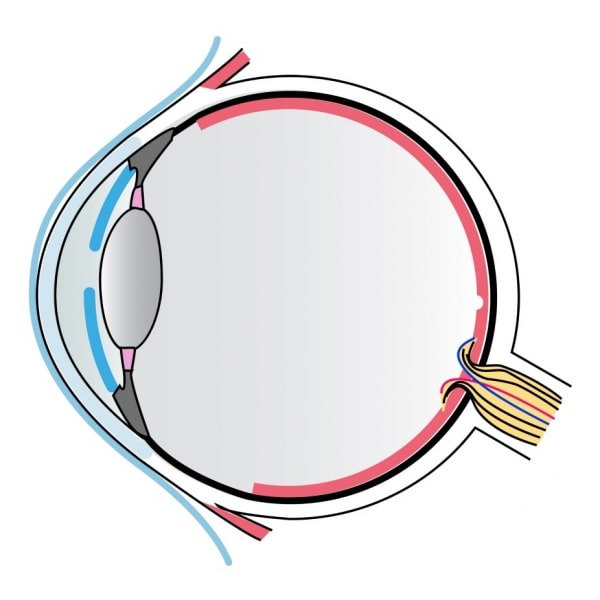
One way ophthalmologists have measured corneal power and predicted it in LASIK patients is by using historical patient data. But this method is rather useless if the doctor can’t obtain the data. A new algorithm uses a variable keratometric approach, measuring the anterior (forward) curve of the cornea. A study comparing this method with traditional methods showed no statistical difference in the results. The study concluded that this adjusted keratometric method “can be considered (an) appropriate method … for estimating the corneal power in corneas with previous myopic laser refractive surgery when posterior corneal surface data are unknown in clinical practice.”
In other words, when a doctor doesn’t have your previous corneal measurements, this method can be used for predicting corneal power just as well as methods requiring those measurements, giving ophthalmologists one more tool to make sure your LASIK results are as accurate as possible.
Dr. Chris Walton is a skilled and experienced LASIK surgeon providing refractive vision correction services to patients in the Mobile, Alabama area. He uses the most advanced LASIK technology, including the Allegretto Wave laser, which has resulted in 100% of his patients achieving 20/20 vision or better following LASIK.
If you would more information about LASIK and how it may help correct your vision, please contact Dr. Chris Walton using the form on this page or call 251-341-3385 today to schedule a free LASIK consultation. We serve patients in Mobile, Alabama, Pensacola, Florida and throughout the Gulf Coast region.


